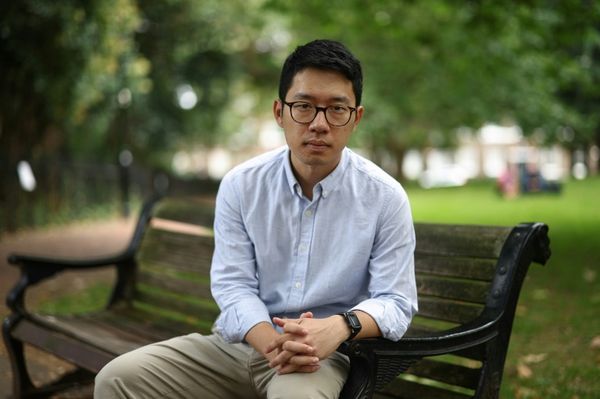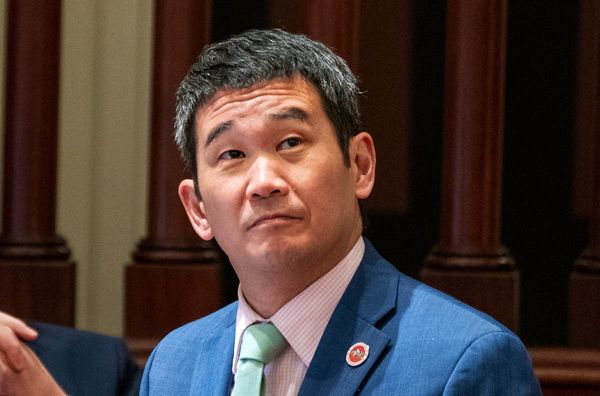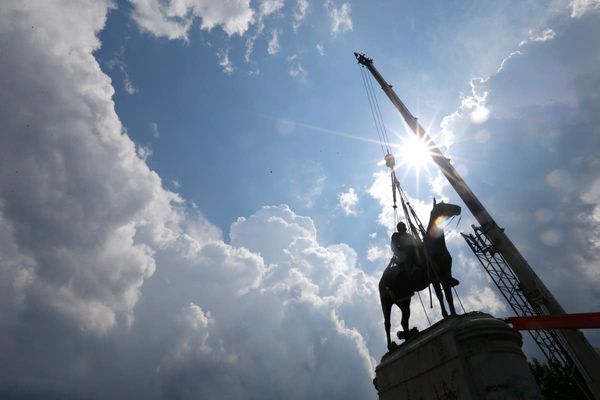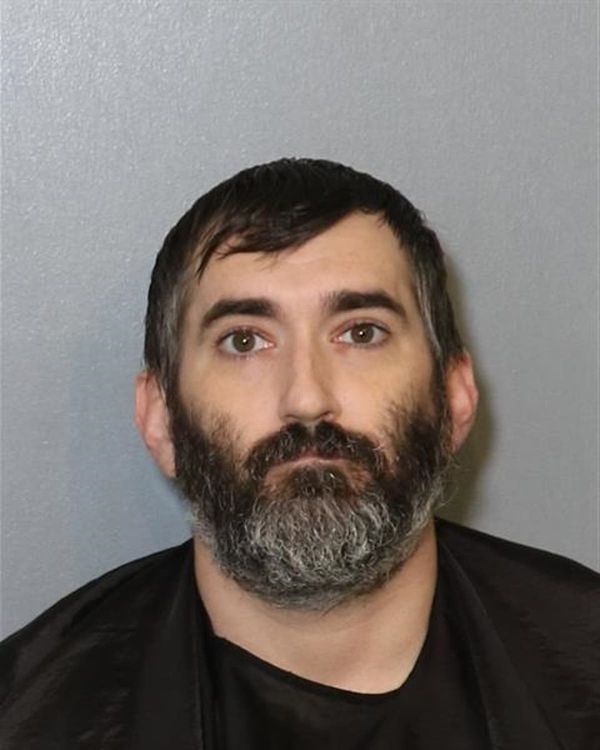
While “that was a better race than Mexico,” as someone told this writer, was probably subjectively true, it was hardly a ringing endorsement given the lack of action in the Diriyah E-Prix double-header last weekend.
Yes, the opening Formula E race in Saudi Arabia featured a three-way battle for the win, at least until half distance, while in the sequel new championship leader Nick Cassidy had to climb from third to take victory, but they were hardly classic contests that will go down in people’s memories. Away from the top positions, it was very much a case of line-astern racing, where positions remained unchanged for large portions of the race, nor were there any safety cars to throw in an unexpected twist.
Processional races in motorsport are nothing new – there were certainly enough of them in Formula 1 last season – and are more common than many enthusiasts would probably care to admit. Let’s not forget, though, that without the dull races, we’d have less to appreciate when a really good one comes along and has us glued to the action.
The conundrum with Formula E is that at various points last year there were plenty of races where drivers changed positions every lap and quite literally hundreds of overtakes took place, a stark contrast to the three races of 2024 so far. Before we go any further, let’s be clear that a ‘change of position’ is a more apt description for what took place at many points last year, rather than what motorsport fans would consider an ‘overtaking move’.
With drivers moving off the racing line to activate Attack Mode – a process that’s mandatory twice in every race and which gives drivers an extra boost of energy for eight minutes – losing spots to drivers behind is inevitable. The 403 ‘overtakes’ for example in Portland last year, as blazoned across social media by the championship, is a case in point.
Motorsport fans could rightly argue that it’s manufactured drama, which to a certain extent it is, but on the other hand it’s a strategic tool that has become a crucial element of any race – something similar to a pitstop, for example. On that last point, fast-charging pitstops are currently lined up to be used at the Misano E-Prix double-header in April, and could be what the championship needs to spice up races again.

The bigger question, though, is why the dull races so far? Attack Mode was used last season, yet the three opening races in last year’s campaign provided generally exciting entertainment. The two Diriyah races in particular were a highlight, as double-winner Pascal Wehrlein climbed from starting positions of ninth and fifth, while there was plenty of action throughout the field.
Qualifying almost became an irrelevance last season, with drivers winning from way back on the grid, including Antonio Felix da Costa in Cape Town (11th) and Mitch Evans in Berlin (ninth), while three of Cassidy’s four wins came from eighth or lower in the starting order. Yet even before a wheel had been turned in Diriyah, drivers were fully aware of how important qualifying would be in 2024.
The biggest difference from last year is that teams and drivers now have 12 months of racing the Gen3 car – which was new for last year – under their belts, meaning they have generally maximised their packages, including energy efficiency.
"It really comes down to the FIA simulations around how many laps they want to run. The more energy management that we have to deal with, I think the more fun the races become" Roger Griffiths
Last term it also became apparent that leading the race from the front was generally not the place to be at most tracks, with the Gen3 machine aerodynamically quite draggy. It meant races turned into something more akin to cycling, where drivers would move up and down the peloton – the further back they were in the order, the more energy they could save due to the strength of the slipstream. It’s why at Portland drivers went five-wide at points as they lifted and coasted into corners in a bid to fall back into the pack, only wanting to be towards the front in the closing laps.
But this only became an issue on tracks where energy management was high and the slipstream effective – the former was not a major issue in Diriyah, while the thinner air in Mexico meant the latter was never critical. With more energy-demanding and wider, faster tracks coming up on the calendar, the likelihood is that we will see more entertaining races this season, but there’s no guarantee. And Formula E’s biggest challenge when it comes to its on-track product remains in ensuring that it finds a balance between processional and wildly-over-the-top races.
As Andretti team principal Roger Griffiths says: “It’s hard to say whether it [peloton racing] is going to return or not. It really comes down to the FIA simulations around how many laps they want to run. The more energy management that we have to deal with, I think the more fun the races become.
“I’d hope that we can get back to more challenging racing,I think that’s what fans want to see. Hundreds of overtakes during the course of a race rather than perhaps a dozen or so, it’s the spectacle that Formula E has become and it would be good if we can maintain that.”








